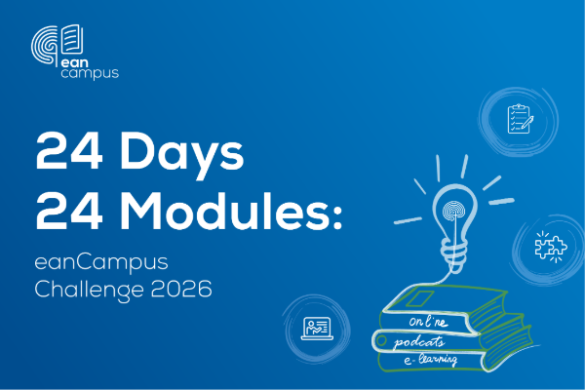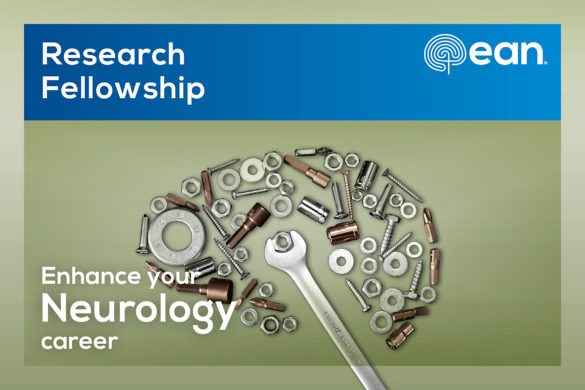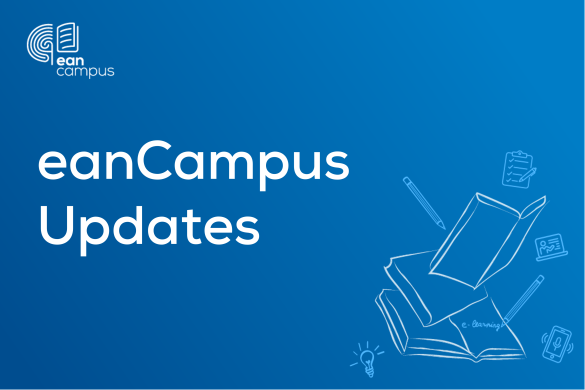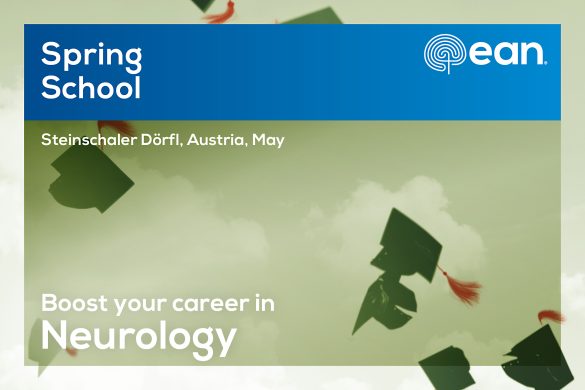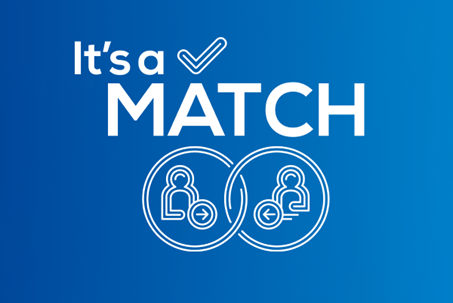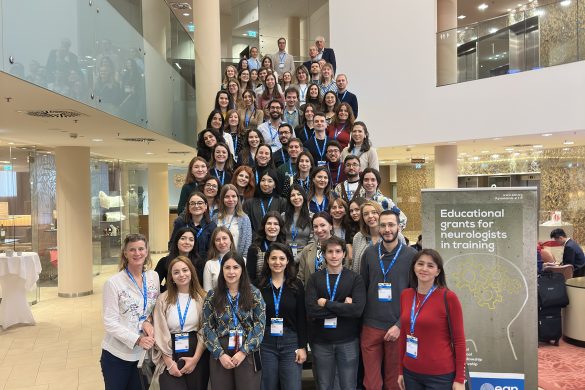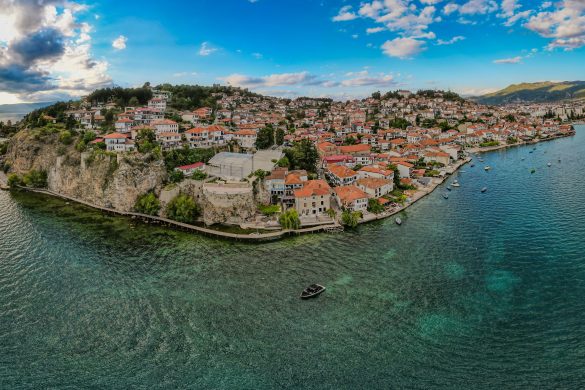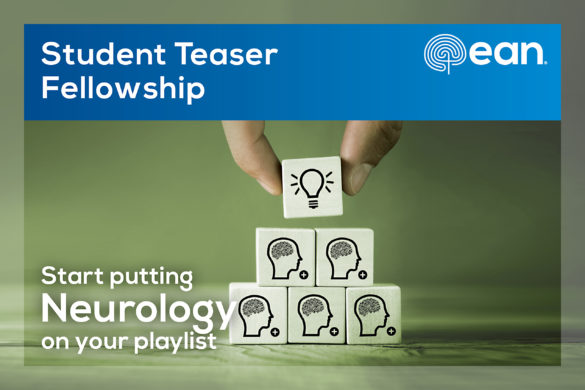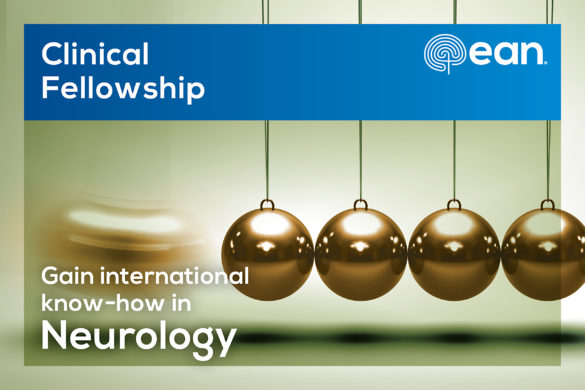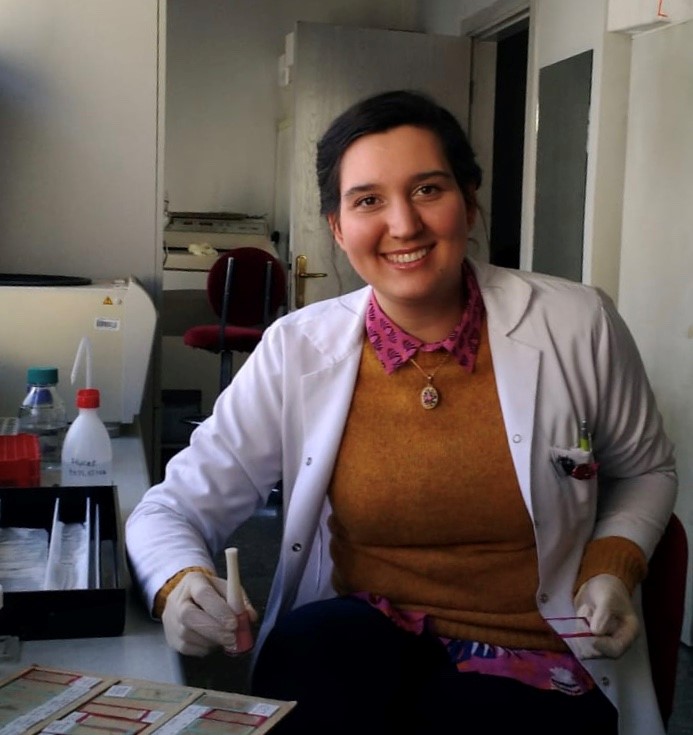
Ayse Nur Özdag Acarli, Turkey
Term of the Fellowship: 25.2. – 22.4. and 3.8. – 10.8.
Hosting department: Department of Neurology, University Hospital of Würzburg, Germany
Supervisor: Prof. Dr. Claudia Sommer
I would like to express my deepest gratitude to the European Academy of Neurology (EAN) for having granted my clinical Fellowship under the supervision of Prof. Dr. Claudia Sommer, at the Department of Neurology, University Hospital of Würzburg, Germany, for ten weeks. Studying under the supervision of Prof. Sommer at one of the leading peripheral nerve disorders research groups was a great honour for me. Besides her magnificent medical and scientific knowledge, Prof. Sommer is a very pleasant person who pays close attention to the well-being of others, such as the members of her laboratory group.
At the beginning of my fellowship, I attended the daily morning meetings, at which all members of Neurology department take part, presenting cases from the emergency service. I also took part in the inpatient clinic weekly on Thursdays. I had the opportunity to observe electrophysiological assessments at the clinical electrophysiology laboratory for one day. It was also planned for me to observe a quantitative sensory test (QST). Unfortunately, after three weeks of my visit, COVID-19 was declared to be a pandemic and I was not able to have this experience. However, I was able to work at the laboratory and attended the weekly laboratory meetings for the rest of my fellowship, despite COVID-19 pandemic.
During my fellowship, I was involved in two projects to learn more about evaluating dermal neural structures. The first project was about the investigation of natural killer receptor positivity of nerve fibres and NK cells in the skin sections of fibromyalgia syndrome patients with normal or reduced intraepidermal nerve fibre density compared to healthy controls, under the leadership of Prof. Sommer. In the second project, we aimed to quantify Schwann cell organs in skin sections of patients with small fibre neuropathy compared to healthy controls and to correlate with clinical data and pain phenotypes, under the leadership of Prof. Dr. Nurcan Uceyler. I performed skin sections by cryo, and immunostaining of the skin sections. It was so exciting for me to learn the immunostaining procedure for double and triple staining. However, due to an unexpected evacuation flight on 23 April, I could not finish evaluating all the sections before I came back to Turkey. So I returned to Würzburg on 2-11 August. I am so grateful to Prof. Sommer and Ms. Magda Dohnalova for their support in getting special permission from the German authorities to allow my second visit. I would also like to thank Prof. Sommer’s laboratory members for being so willing to teach and share their knowledge, and for their patience for the extremely long periods that I reserved the microscope.
During my fellowship, under the supervision of Prof. Sommer and with the constant support of Prof. Uceyler, my knowledge and practical background in the field of skin biopsy have significantly improved. I also learned how to work with different types of microscope, using ImageJ with Fiji for publication-ready pictures. To sum up, as a result of the training I received, I am now able to evaluate skin biopsies of patients with small fibre neuropathy at our Neuropathology Laboratory at Istanbul Medical Faculty with more confidence. Furthermore, I also feel that I gained more confidence in planning research, especially for skin biopsy investigations.
For all these reasons my fellowship at the University Hospital of Würzburg, under the supervision of Prof. Sommer, was a great experience, and I am deeply grateful to the EAN for giving me this opportunity.
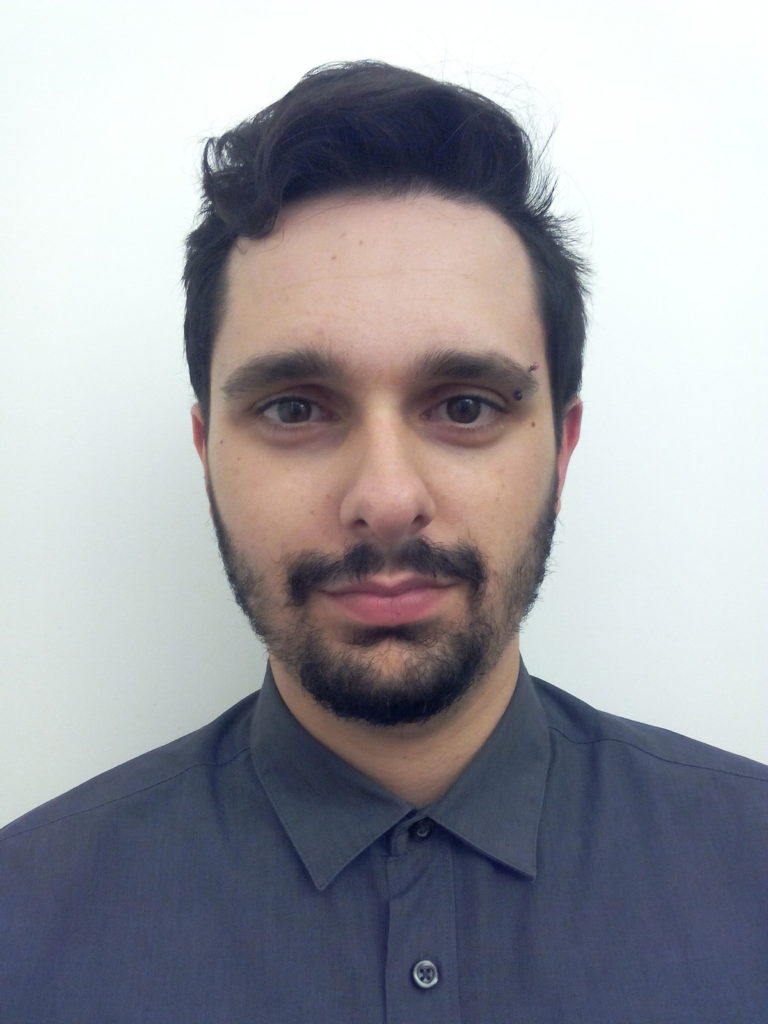
Alberto Picca, Italy
Term of the Fellowship: 20.7. – 31.8.
Hosting department: Department of Neuro-oncology, Hospital Pitié-Salpêtrière, Paris, France
Supervisor: Prof. Khê Hoang-Xuan
During my Clinical Fellowship I attended the Neuro-Oncology Service at Pitié-Salpêtrière Hospital in Paris, under the direct supervision of Professor Khê Hoang-Xuan and Professor Marc Sanson.
Being primarily interested in the growing field of neuro-oncology, it was very exciting for me to join a National reference centre. Several different types of pathologies are seen in the Neuro-Oncology Service of Pitié-Salpêtrière: low-grade and high-grade gliomas, primary CNS lymphomas, many other rarer CNS malignancies, but also neurotoxicities of anticancer treatments, paraneoplastic syndromes, and autoimmune disorders.
During this period, I had the opportunity to see many aspects of a tertiary centre of neuro-oncology:
- I was able to attend the outpatient clinic where most of the neuro-oncological patients are managed, where I had the possibility to discuss their diagnoses and treatments with their referring physicians.
- I frequented the Day Hospital service, where patients included in clinical trials and patients receiving intravenous chemotherapies are seen and receive treatments. I was able to learn how several different chemotherapy schemes are administered, which conditions need to be verified before each administration, and how side effects are managed.
- Last but absolutely not least, I attended the Mazarin Neuro-Oncology ward, joining other residents and international fellows. Here I was able to actively take part in daily management of patients. Several different types of patients are seen in the neuro-oncological ward: patients with primary CNS lymphomas receiving complex chemotherapy schedules requiring hospitalisation; glioma patients with different medical complications ranging from infections of the immuno-depressed to venous thromboembolisms, or with a recent degradation of their clinical status; and patients affected by rare CNS proliferative disorders or paraneoplastic syndromes. I also frequently saw the management of end-life stages. The activity of the ward is very intense but all the staff, from other residents to the nurses and the other paramedical figures up to service consultants, are very friendly and helpful. Thanks to a basic knowledge of French, I was able to directly interact with patients and perform routine examinations.
Several meetings mark the time during the working week:
- Every Thursday the neuro-oncological multidisciplinary staff meeting takes place, which involves numerous figures: clinical neuro-oncologists, neurosurgeons, neuropathologists, radiotherapists, and radiologists, and where the management of every patient is discussed and collegially validated. Earlier during the same day is the molecular staff meeting, where the results of molecular analysis of tumour specimens performed that week are presented and discussed among neuro-oncologists, biologists, and neuropathologists. Although both meetings are currently performed online-only due to COVID outbreak limitations, this is an amazing opportunity to deepen the knowledge about the diagnosis and management of both common and rare CNS tumours.
- I was also able to attend the monthly national, online OncoNeuroTox staff meeting, which concerns patients presenting neurological complications of anticancer treatments (conventional chemotherapies, radiotherapy, targeted therapies, and immunotherapy).
- Furthermore, every two weeks is the Mazarin staff meeting, with a didactic aim, where residents, researchers, and fellows present and comment on cases of particular interest. I have been directly involved in presenting patients seen during my stay.
For the duration of my stay I shared the office with a group of other enthusiastic fellows and researchers from all over the world. This has been a great experience that helped me to learn and share opinions and knowledge with other youngsters interested in the neuro-oncology field.
I have to thank Professor Hoang-Xuan and Professor Sanson for having accepted me and actively supervising my stay. A great thank you also goes to all the neuro-oncology team of the Pitié-Salpêtrière hospital that welcomed me since the very first day. I am very grateful to the EAN for making this wonderful opportunity of professional and human growth possible.




